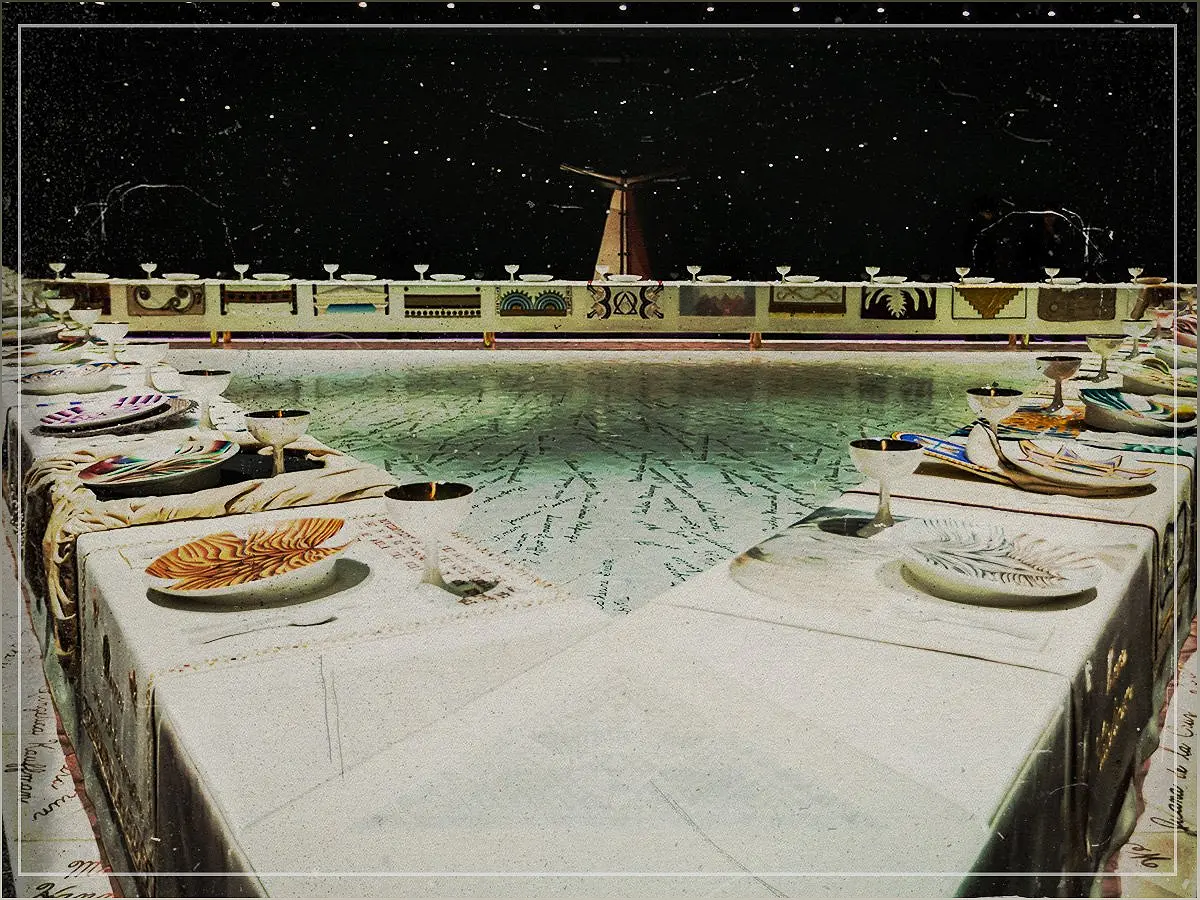Step into the world of feminist art with Jennifer Scott as she explores the profound significance of Judy Chicago's groundbreaking installation, The Dinner Party. From its symbolic representation of women's achievements to its controversial vulva sculptures, this article delves into the transformative power of this epic feminist artwork.
The Symbolic Power of The Dinner Party
Explore the profound symbolism behind Judy Chicago's The Dinner Party and its impact on feminist art.
Judy Chicago's The Dinner Party stands as a powerful symbol of feminist art, challenging the historical omission of women from the narrative. This monumental installation features a 48-foot triangular table, divided into three wings, each honoring women from different periods of history.
Wing I pays homage to the primordial goddesses and women from prehistoric times up to the Roman Empire. Wing II celebrates the women from the early days of Christianity to the Reformation. Finally, Wing III recognizes the women from the American Revolution up to the first waves of feminism.
By giving these women a seat at the table, Chicago aimed to end the cycle of omission and highlight their significant contributions. The table runner, embroidered with their names and accomplishments, serves as a testament to their enduring legacies.
Controversy and Criticism
Delve into the controversies surrounding The Dinner Party and the criticism it has faced within the feminist art movement.
While The Dinner Party received widespread recognition, it also faced its fair share of controversy. One of the main points of contention was the inclusion of flower-like vulva sculptures, which some felt reduced the achievements of the women to their gender.
As feminism evolved to become more self-aware and intersectional, critics pointed out the lack of diversity within the installation. Sojourner Truth was the only black woman included, and no sculpture was dedicated to her, highlighting the limited representation of women of color.
Despite the criticism, The Dinner Party remains a significant artwork that sparked important conversations about representation and the complexities of feminist art.
The Impact and Legacy
Discover the lasting impact and legacy of Judy Chicago's The Dinner Party in the world of feminist art.
When The Dinner Party was first unveiled in 1979, it had a seismic impact on the art world. It brought attention to the achievements of women throughout history and challenged the male-dominated art canon.
While its reception has been mixed over the years, The Dinner Party remains an iconic feminist artwork that continues to inspire and provoke discussions about gender, representation, and the power of art.
Its permanent home at the Elizabeth A. Sackler Center for Feminist Art at the Brooklyn Museum ensures that future generations can experience and engage with this groundbreaking installation.

